
Salicylic Acid vs Niacinamide: Which One Is Right for Your Skin?
Salicylic acid and niacinamide are two popular skincare ingredients. Each of them are known for the specific benefits. Understanding their properties and effects can help you to make informed decisions about your skincare routine.
In this aspect, this blog will explore salicylic acid vs niacinamide acid, highlight their key differences and discuss which ingredients are better for acne prone skin.
What is Niacinamide?
Niacinamide is referred to as the powerhouse ingredient for reducing redness and minimising pores on facial skin. It strengthens the skin’s natural barrier and helps to retain moisture. This makes it an ideal solution for sensitive or dry skin. Key benefits of Niacinamide are as follows:
- It eliminates excessive oil production
- Enhances the skin’s barrier function
- Reduces pigmentation and evens out skin tone
What Is Salicylic Acid?
Salicylic acid is a beta-hydroxy acid (BHA) that works effectively for cleaning deep pores. It peels the facial skin’s surface, penetrates into pores to clean blockages and fights with acne. There is also a milder alternative to BHAs, which includes willow bark extract and betaine salicylate.
Here are some benefits of salicylic acid:
- Provides Deep Pore Cleaning
- Smooths and Exfoliates the Skin
- Reduces the Size of Pores
Salicylic Acid vs Niacinamide: Key Differences
To compare vs niacinamide , you should know which skin issues they focus on. Salicylic acid helps clear out the pores deeply by getting rid of old skin cells and extra oil, which makes it good for oily and acne-prone skin. :
Unlike these, niacinamide, a form of vitamin B3, is known for its gentle anti-inflammatory actions to reduce redness, fine lines and dark spots. Depending on what your skin needs, choosing between niacinamide or salicylic acid may be different: salicylic acid can clear pores and stop breakouts, but niacinamide improves the skin and makes it more resilient.
Which is Better: Salicylic Acid or Niacinamide?
The differentiation between salicylic acid or Niacinamide stands for multiple skin types, which are:
1. For Acne-Prone, Oily Skin
Salicylic acid is a go-to for oily, acne-prone skin. Products like Acne & Oil Control Intense Serum with 2% Salicylic Acid offer a concentrated dose of salicylic acid to deeply cleanse pores and reduce breakouts
2. For Sensitive or Redness-Prone Skin
If your skin leans toward sensitivity or redness, niacinamide-based products are ideal. Acne Care & Healing Gel Moisturiser with Tea Tree & Cica combines barrier-repairing benefits with a lightweight texture suitable for calming irritation. It works well alongside Waterlight Gel Moisturiser 72 Hour Hydration which provides deep hydration without clogging pores.
3. For Spot Treatment Needs
For immediate attention to breakouts, use Overnight Acne Spot Corrector. This targeted solution works overnight to reduce inflammation and speed up blemish recovery, enhancing the effects of both salicylic acid and niacinamide in your routine.
4. For dull, uneven skin tone
If your goal is to brighten a dull and uneven skin tone. Niacinamide works to fade hyperpigmentation, even out discolouration and boost radiance without irritation.
How to Choose Salicylic Acid vs Niacinamide
Which you use, salicylic acid or niacinamide, is determined by your skin needs and type. If your face is oily and you get pimples, opt for salicylic acid as it enters your pores to reduce breakouts and make oil production more balanced. For people with sensitive, dry or red skin, niacinamide is a perfect alternative as it soothes, brightens and helps your skin barrier stay strong.
Niacinamide or Salicylic Acid: Which is better for acne?
When it comes to acne, salicylic acid is more effective than niacinamide for actively treating breakouts. Due to having a beta hydroxy acid (BHA), it cleans out pores, removes extra oil and stops the formation of blocked hair follicles.
To do so, use Clearing & Calming Acne Face Wash to start your skincare routine with effective exfoliation and oil control.
While niacinamide and salicylic acid work well on their own, using them together helps achieve more even skin.
Conclusion
The usability of salicylic acid or niacinamide will depend on what your skin needs. If you suffer from oily skin and acne, salicylic acid is best for you. It cleanses deep into the pores, whereas many find that niacinamide soothes sensitive or dull skin. You can get better outcomes if you use them as a pair in your regular skincare routine.
FAQs:
Can I use salicylic acid and niacinamide every day?
You can use niacinamide every day, and it doesn’t harm your skin. If your skin is sensitive, you should start using salicylic acid just a few days a week such as every other day.
Will niacinamide reduce acne, too?
Niacinamide is effective in reducing acne since it manages too much oil, lowers inflammation and helps the skin restore its barriers. It is a good option for avoiding breakouts if your skin is sensitive or prone to redness.
Which is better for pores, niacinamide or salicylic acid?
Salicylic acid gets rid of what clogs your pores, and niacinamide works to shrink them by balancing oil levels and improving your skin’s youthfulness.
Which is better, salicylic acid or niacinamide?
You should choose ingredients depending on your skin's needs. If you have oily skin with frequent acne, salicylic acid is better at treating your breakouts and making your skin less oily. People with sensitive, dry, red and pigmented skin should look for niacinamide. This approach lets you benefit from both, mainly when you use each product at a different time in your schedule.
Which is better for scars: niacinamide or salicylic acid?
Niacinamide is better for reducing the appearance of acne scars and pigmentation. It decreases dark spots, smoothes out skin tone and brings brightness to the complexion as time goes on.
Should I use salicylic acid or niacinamide at night?
Salicylic acid works best at night by smoothing the skin and cleaning deep within the pores as your skin renews itself. A salicylic acid cleanser or serum can be followed by a moisturiser that contains niacinamide, both for your skin’s well-being at bedtime.
Can I mix niacinamide and salicylic acid?
Applying both niacinamide and salicylic acid is safe for your skin. While salicylic acid unclogs pores and tackles breakouts, niacinamide calms the skin, minimises inflammation and helps the skin’s natural barrier


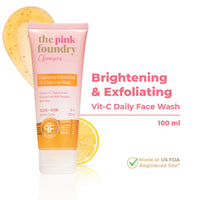
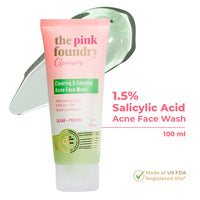
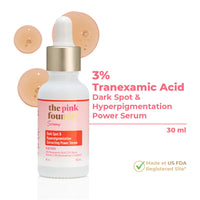
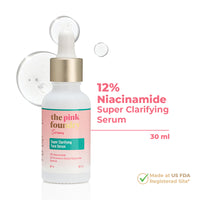
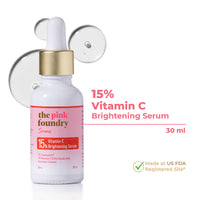
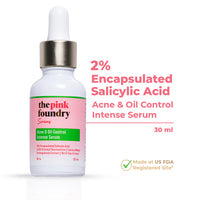
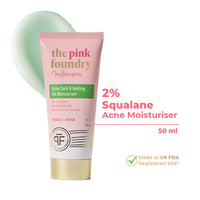
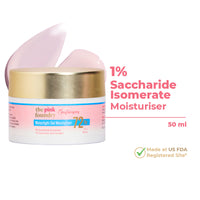
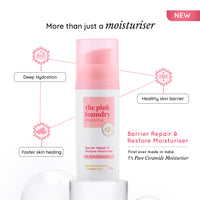
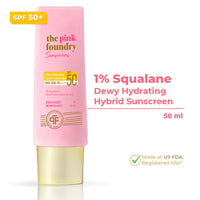

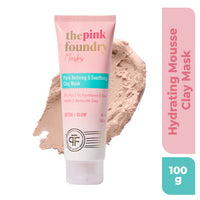
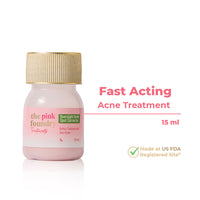
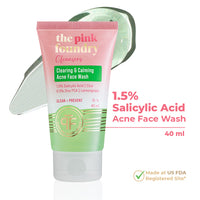
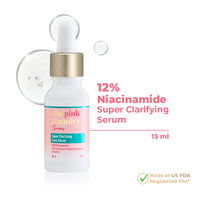
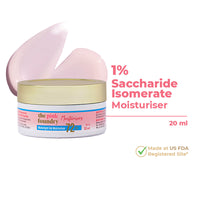

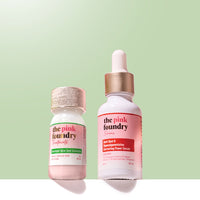
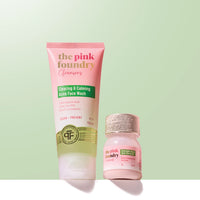
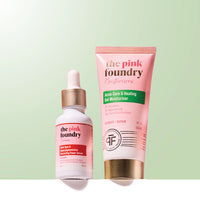
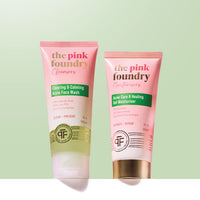
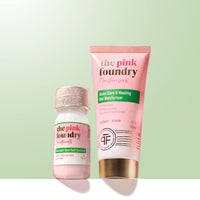
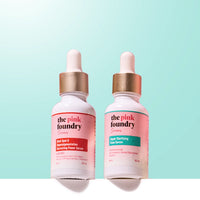
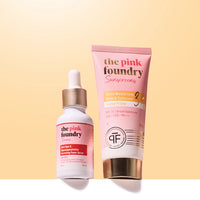
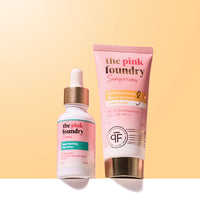
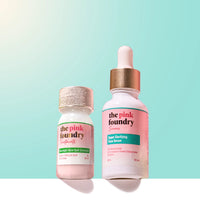
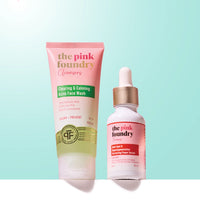
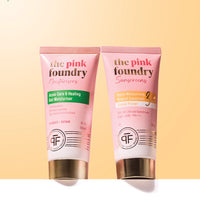
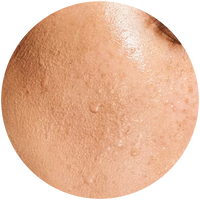
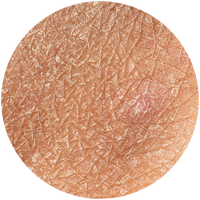
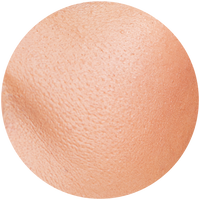
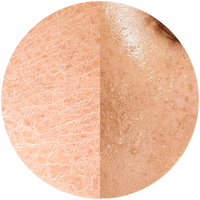
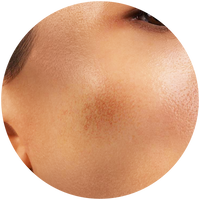
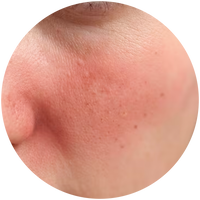
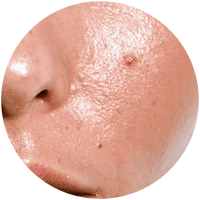
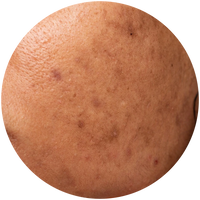
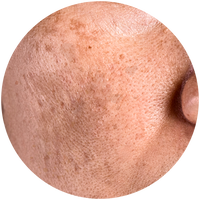
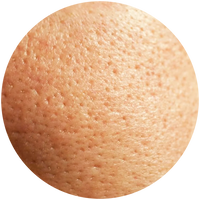
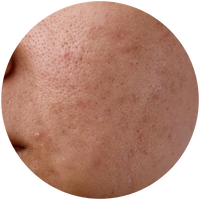
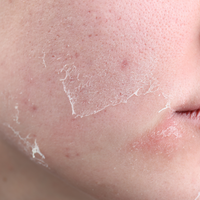
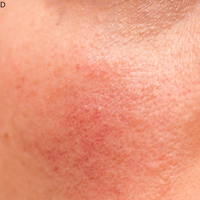
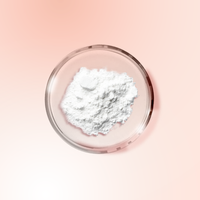
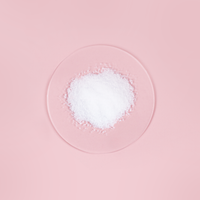

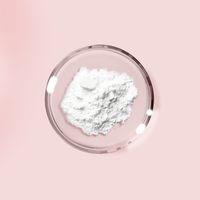
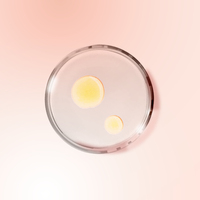
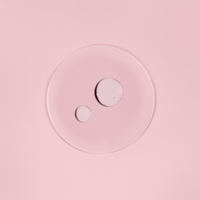
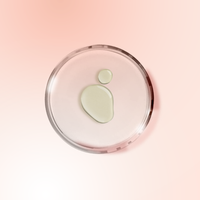
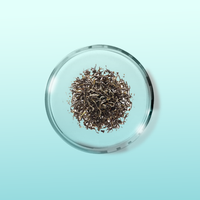
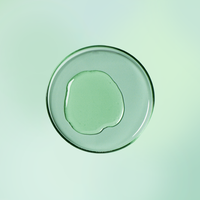
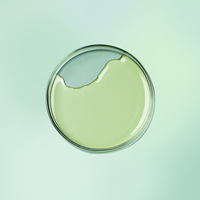
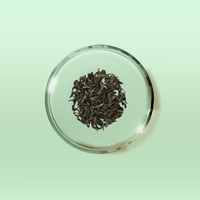


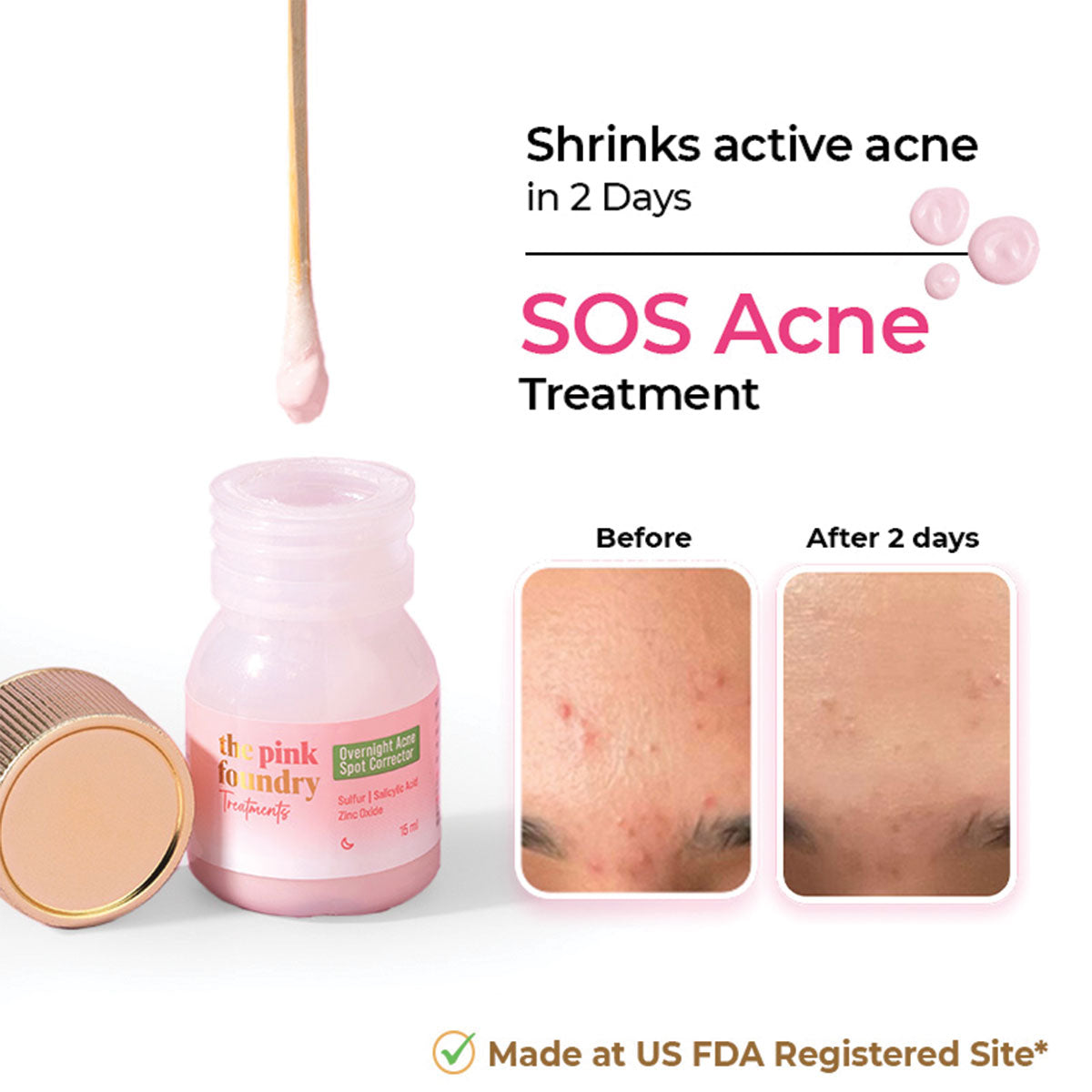

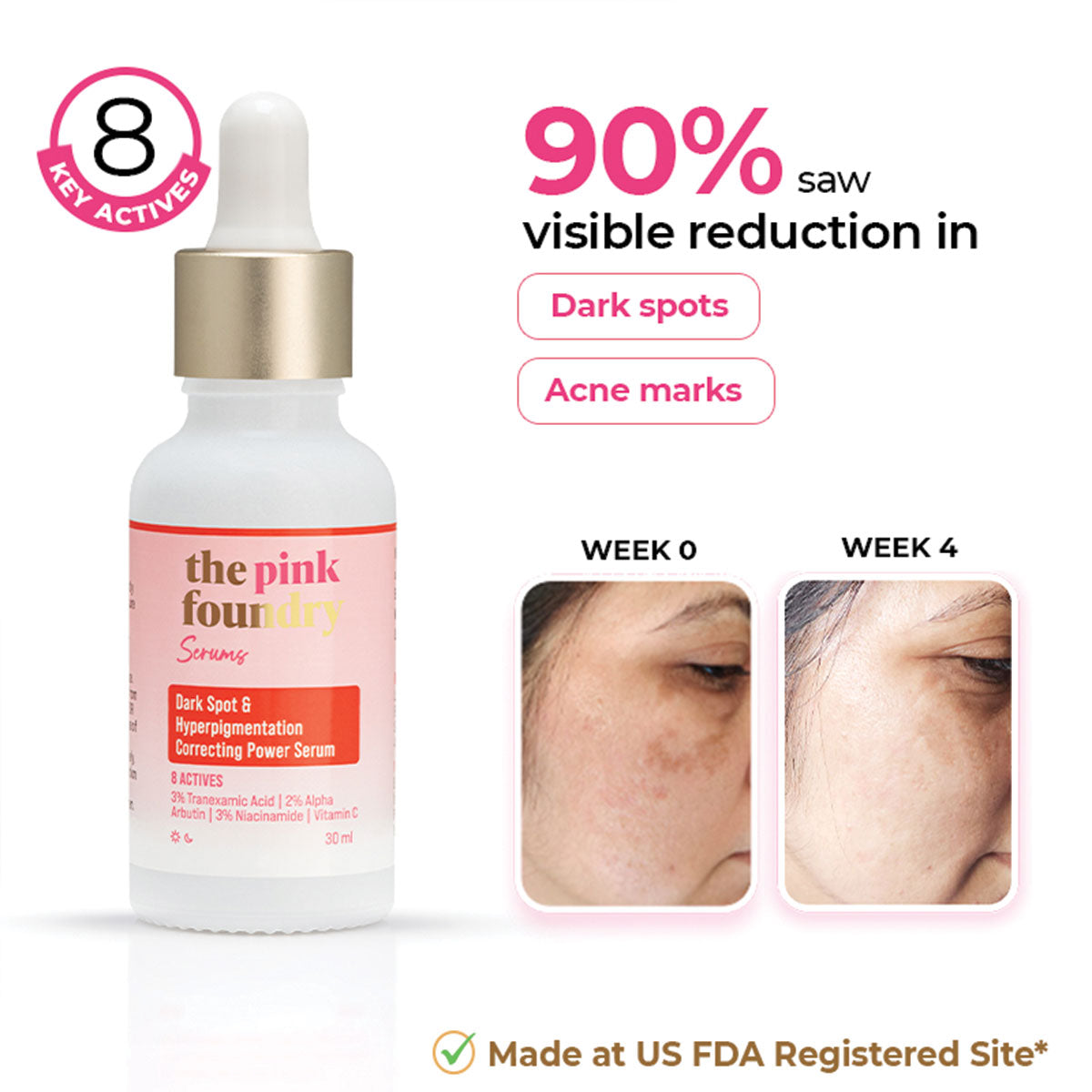
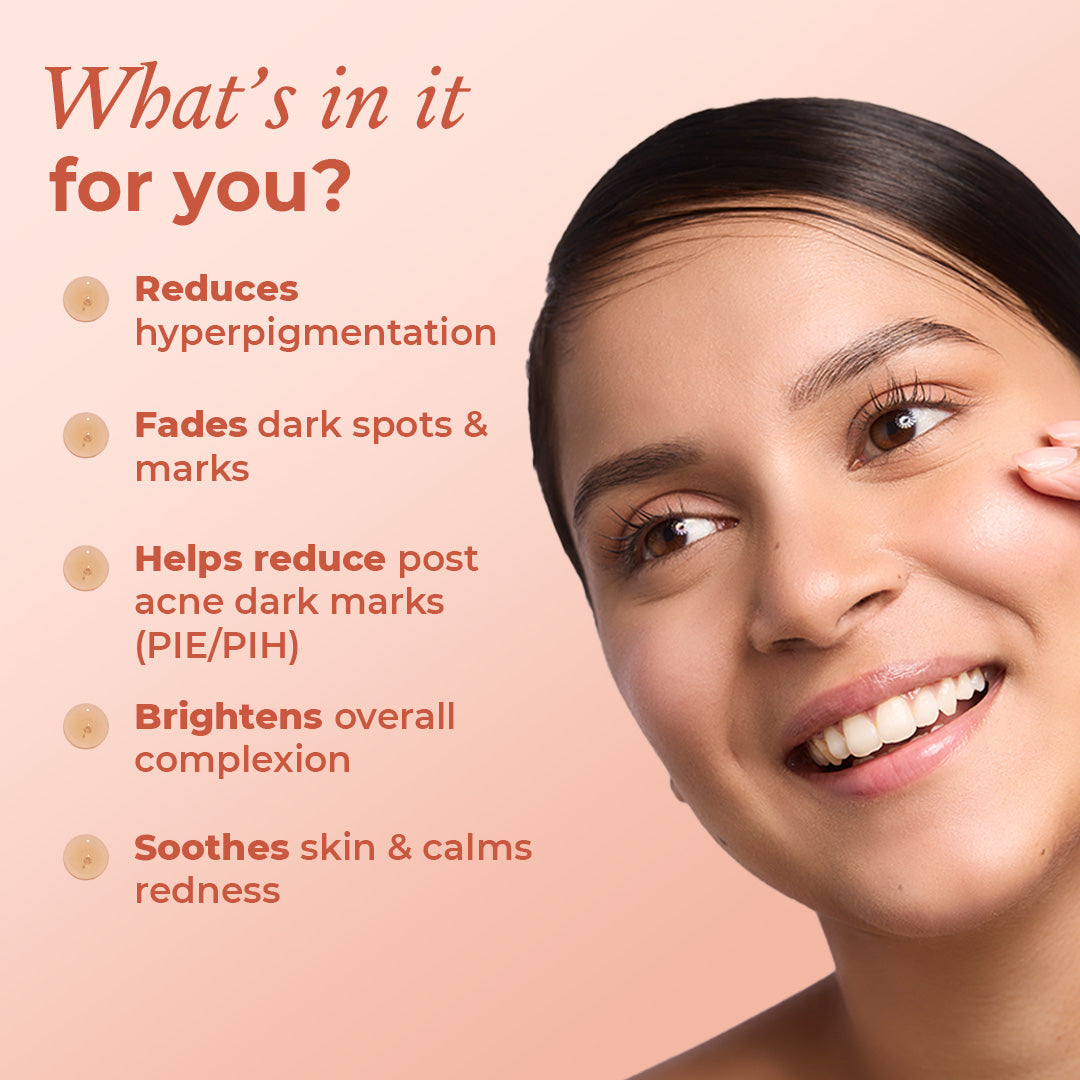
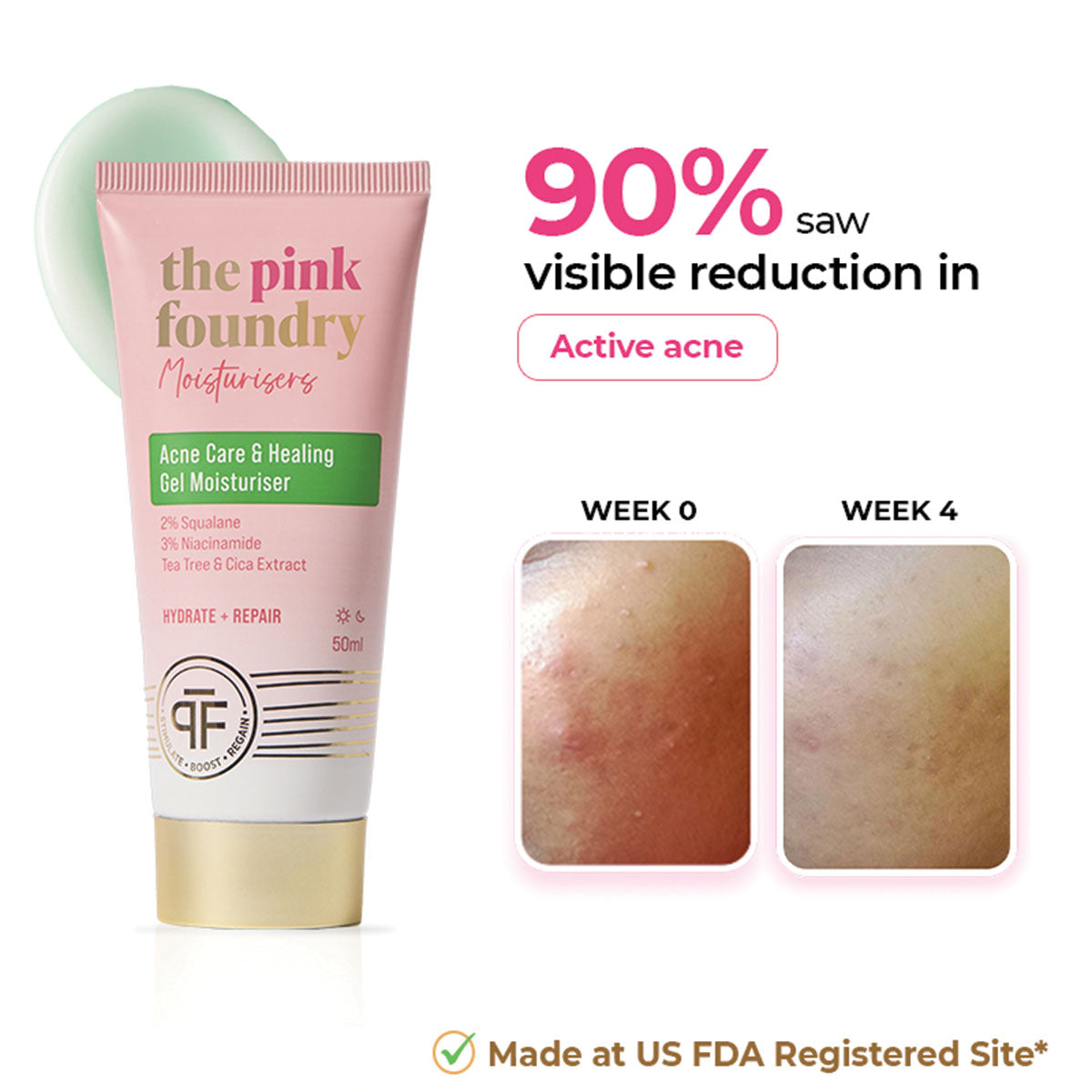
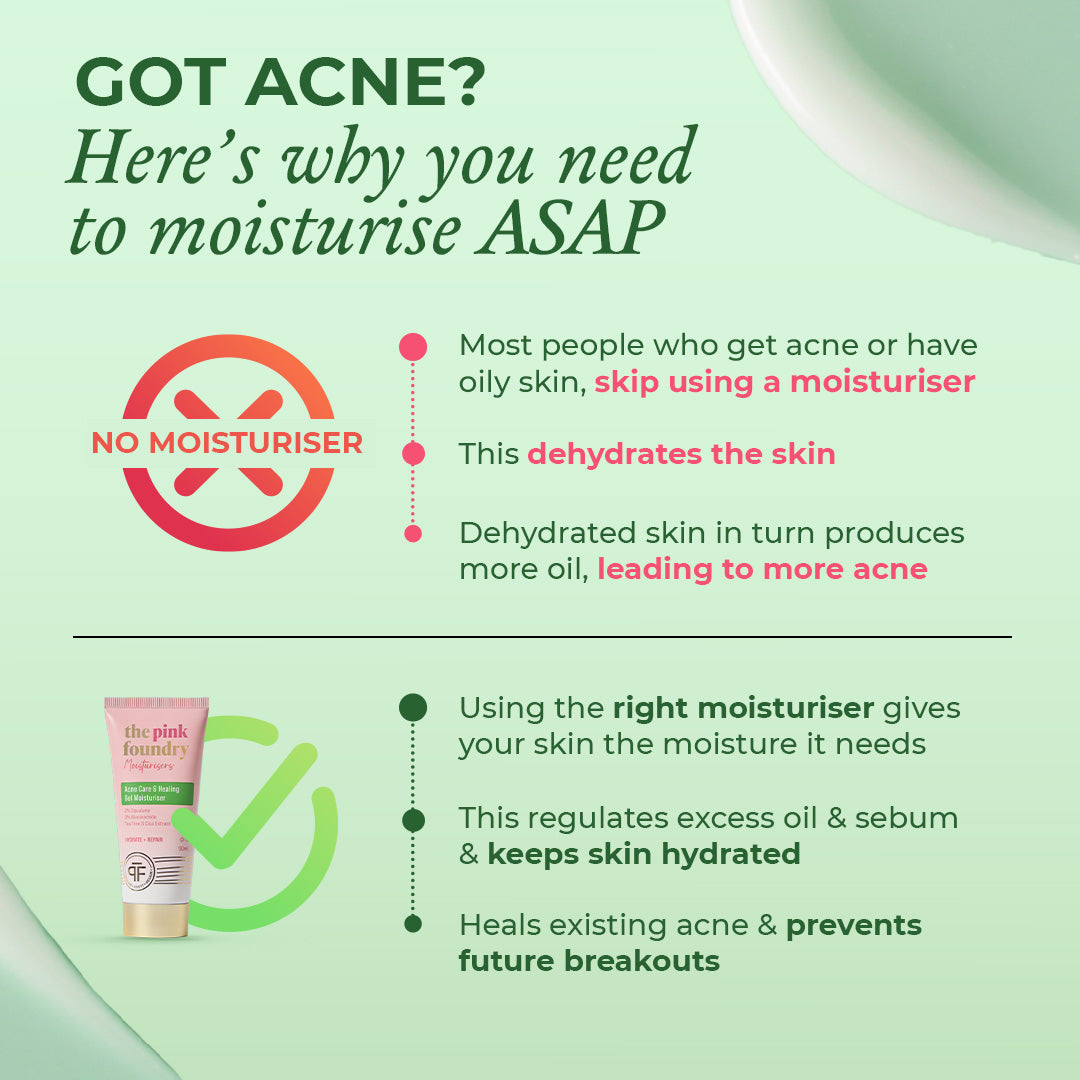
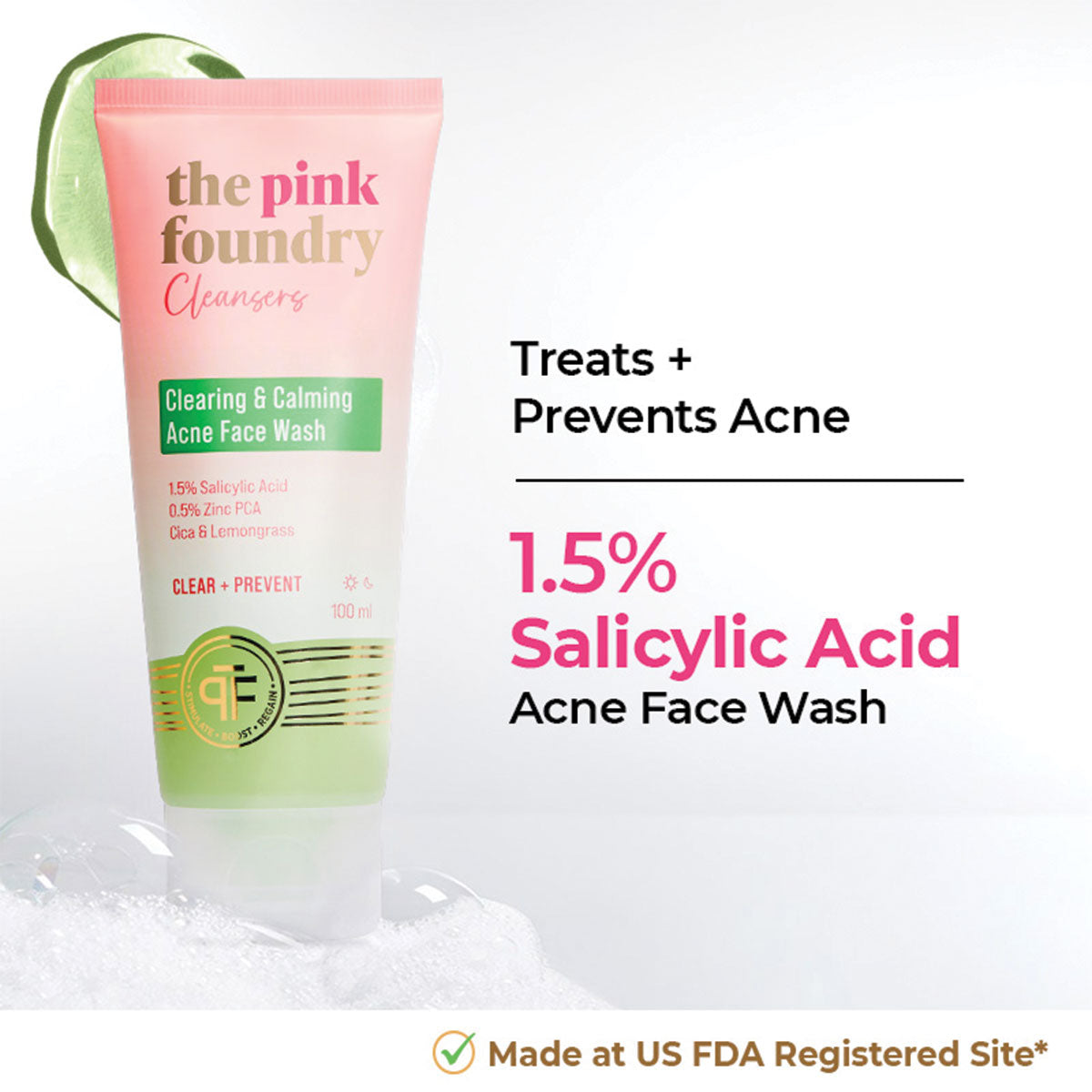
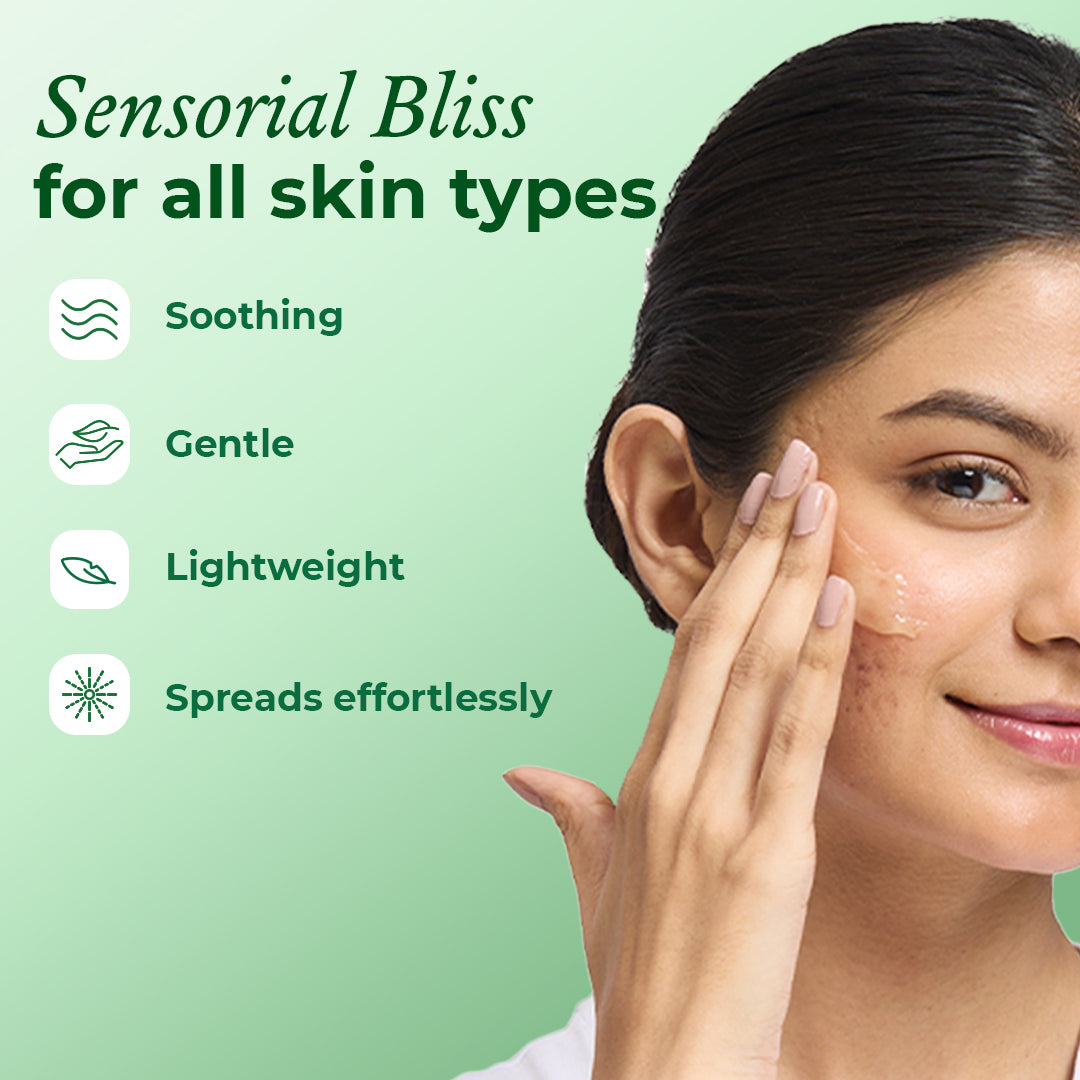
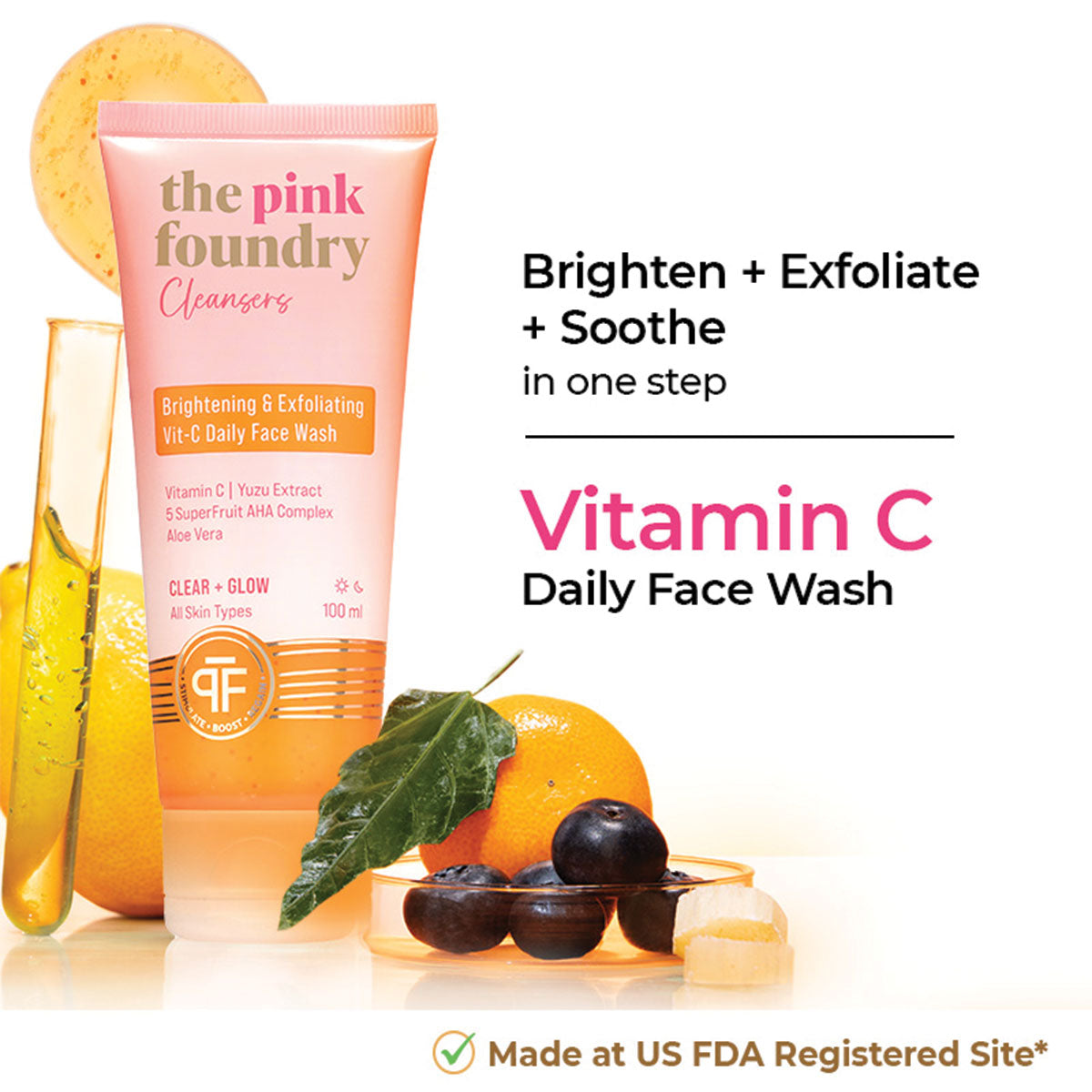
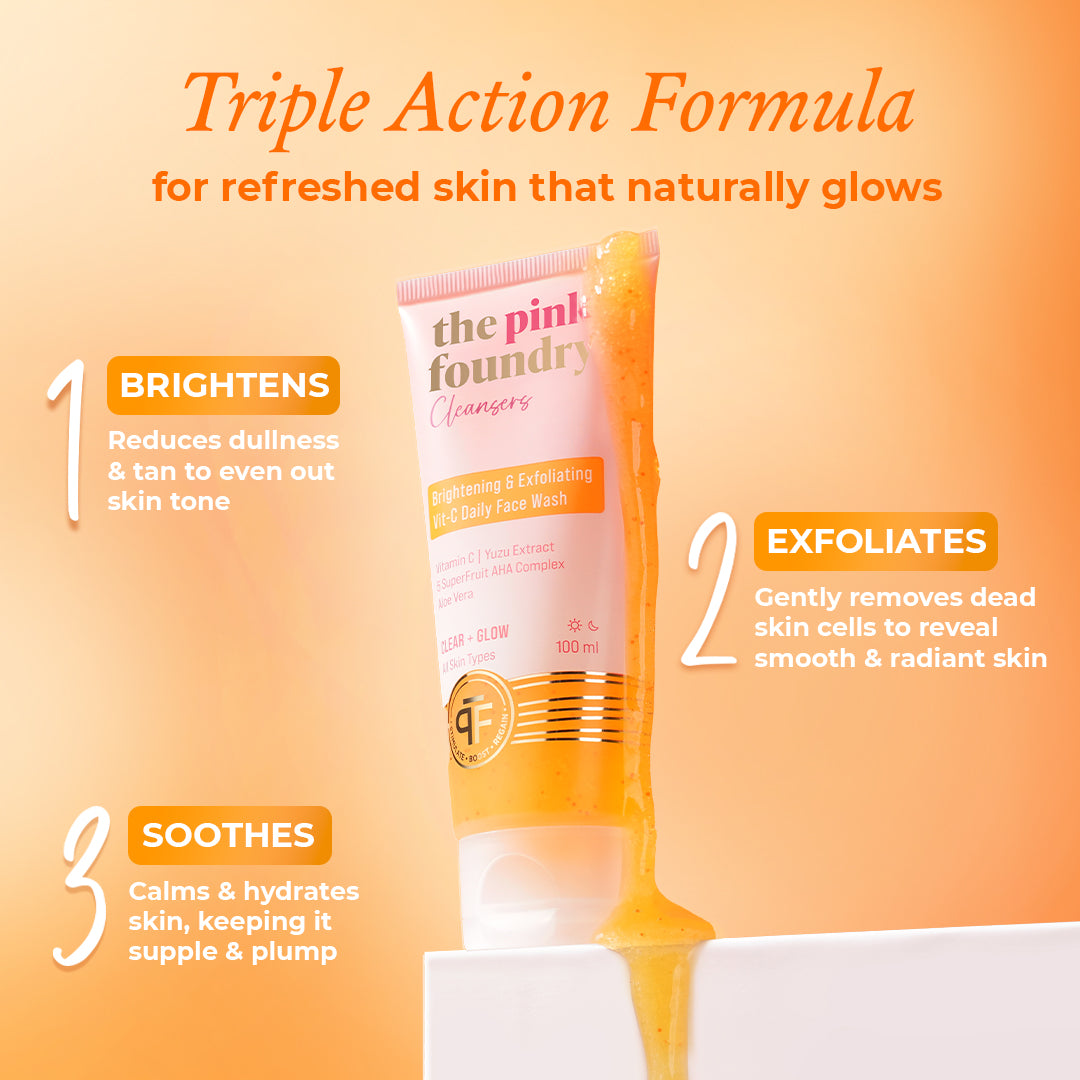

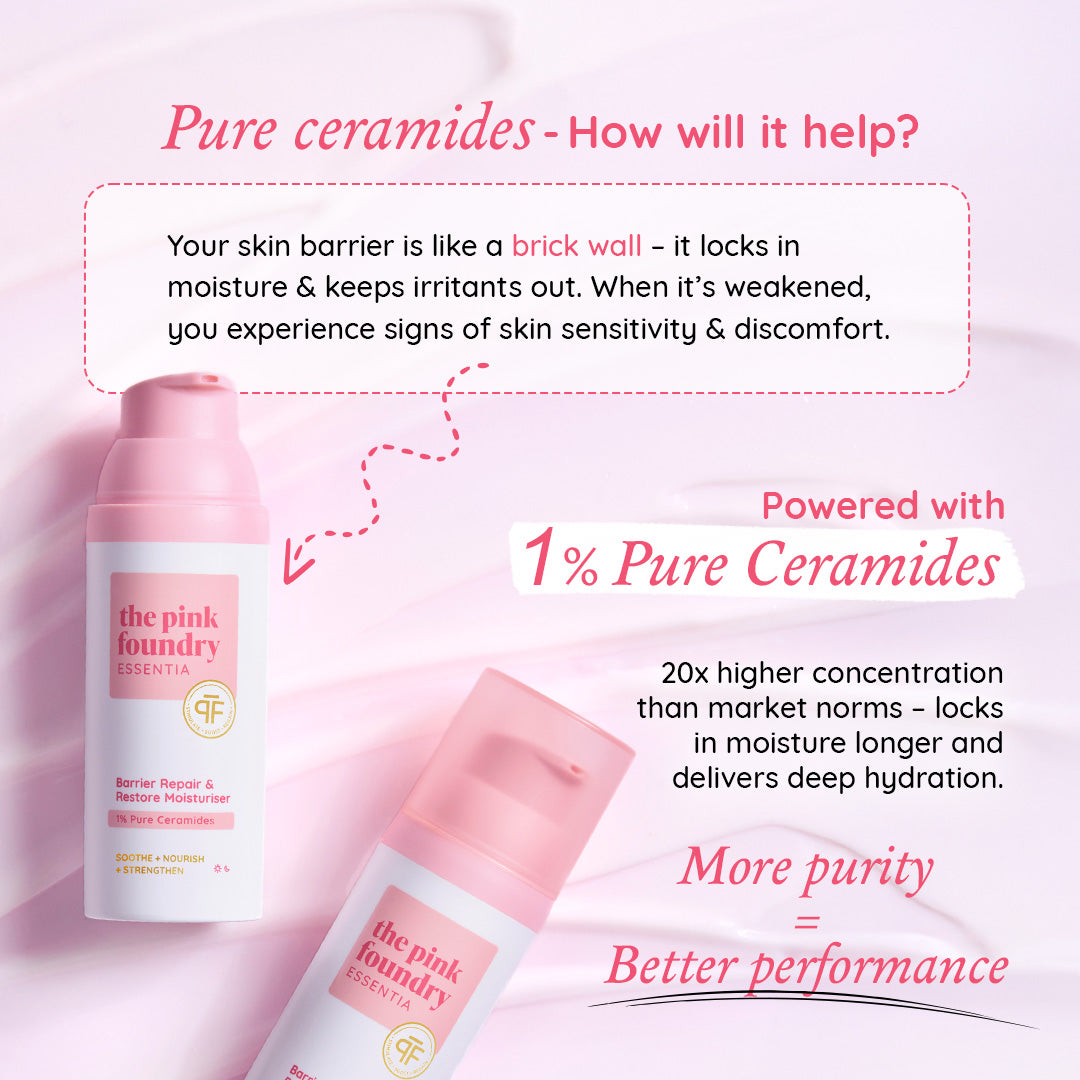




Leave a comment
This site is protected by hCaptcha and the hCaptcha Privacy Policy and Terms of Service apply.